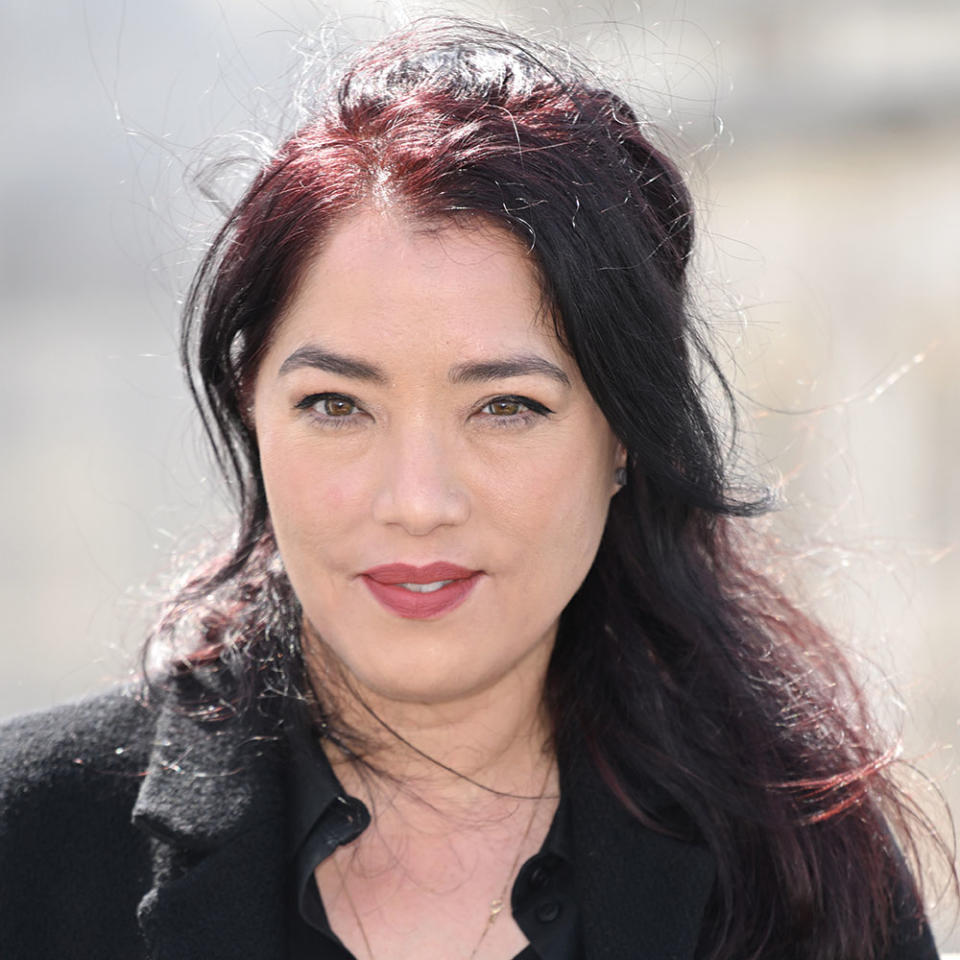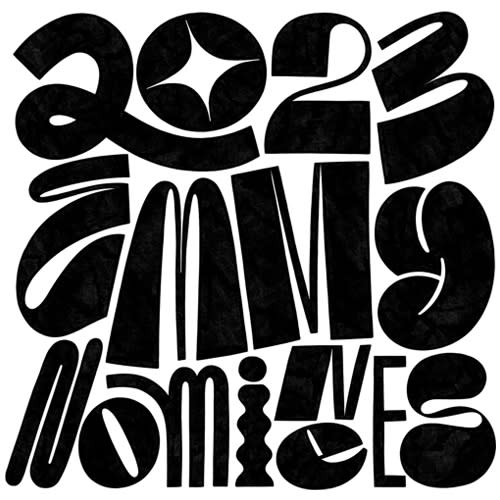‘Obi-Wan Kenobi’ Director Deborah Chow on Reaching All Generations of ‘Star Wars’ Fans: “It’s Like No Other Franchise”
- Oops!Something went wrong.Please try again later.
- Oops!Something went wrong.Please try again later.
- Oops!Something went wrong.Please try again later.
- Oops!Something went wrong.Please try again later.

With an audience that knows every nook and cranny of the Star Wars franchise, executive producer and director Deborah Chow took on a monumental challenge by agreeing to continue the story of Obi-Wan Kenobi (Ewan McGregor) and Darth Vader (Hayden Christensen) in between the prequel and original trilogies. Development of the McGregor-led project had already become its own saga, beginning in 2017, with Stephan Daldry tackling a stand-alone Obi-Wan film. In 2019, when the feature evolved into a limited series for Disney+, Chow stepped in for Daldry, shepherding the project through numerous rewrites and COVID restrictions until cameras finally rolled in spring 2021.

Once Chow signed on, the series’ biggest surprise was already in the works, as the kidnapping of 10-year-old Leia Organa would compel Obi-Wan to depart Tatooine, leaving young Luke Skywalker temporarily unprotected. It also was essential to Chow and McGregor that Christensen get a second bite of the apple as Darth Vader, the Sith Lord formerly known as Anakin Skywalker. The prequels were rather divisive at the time of their release, and Christensen’s performance bore the brunt of that criticism. But as time has passed, older generations of fans have warmed up to the prequel trilogy, joining younger millennials and Gen Z in delivering a returning hero’s welcome to Christensen during Obi-Wan’s run.
More from The Hollywood Reporter
'The Marvelous Mrs. Maisel' Costume Designer Created the Look for a Comedian's Swan Song
How the Ted Lasso Kindness Vibe Boosted Creativity on the Set
Chow spoke with THR about bringing Christensen back into the Star Wars fold, the global search for the show’s young Leia and the surprising challenge of directing Darth Vader.
Just how difficult is it to crack a story in between trilogies that the entire world knows inside and out?
That was the biggest challenge of the whole project, and that’s also why it had gone through so much development. You’re between two trilogies with these huge, iconic characters. Everybody knows what happened to them, before and after, and you’re starting with a character where the public perception is that he should be sitting on that rock for 20 years. But those 20 years [between Revenge of the Sith and A New Hope] had so much to explore on an emotional level.
Did Alec Guinness’ “true, from a certain point of view” line — about having told Luke that Darth Vader murdered his father — give you license to imagine that there was more to most of what Obi-Wan said?
I don’t think anyone will ever know exactly what George Lucas intended or what the intention was with some lines. There’s so much room for interpretation, and so many people have different interpretations. So for us, the big thing was emotional authenticity and that this felt innately like the right journey for these characters who were coming out of the prequels and into A New Hope.
The greatest example of there being more to Obi-Wan’s story is the involvement of 10-year-old Leia Organa (played by Vivien Lyra Blair) in this series. How did this big swing happen?
Before I came onto the project, it was something that they had already developed. There was a lot of discussion about it, and we didn’t know how the fan base would react and if they’d say that we were breaking canon. It’s tricky, because, on some level, everything could be perceived as breaking canon, but you have to take some swings. There was also nothing that said they hadn’t met before. So we did obviously take some license, but we tried to hook it back into A New Hope to at least connect the two.
Carrie Fisher was one of a kind. Was finding young Leia your most overwhelming casting process to date?
It went through a few stages, because we had to pause for COVID, and kids grow so quickly. We actually went through the whole process twice. We looked all over the world, and it was tough because we didn’t want any of the kids to know we were casting for Star Wars. We were casting under a fake name and with fake sides, and trying to find a kid who naturally embodied some of the characteristics of both Leia and Carrie Fisher wasn’t easy. You couldn’t come up with two more specific and individually amazing women.
A decade ago, Lucasfilm seemingly kept the prequels at arm’s length, as they were aiming to recapture the spirit of the original trilogy through 2015’s The Force Awakens. But between Hayden Christensen returning on Obi-Wan and Ahmed Best, do you get the sense it has come around on the prequels?
I can’t speak for the whole company, but that was my sense. There’s so many generations of Lucasfilm fans. There’s one that grew up with the originals and another that grew up with the prequels. When we made the announcement that we were bringing back Hayden, that prequel generation became very clear all of a sudden. They loved the prequels, and Hayden was their guy. It was lovely, honestly, to work on something that was for a different generation of Star Wars fans.
The fans showed Hayden a level of appreciation that he probably didn’t feel during his first go-round. Has that warm embrace been one of the highlights?
It absolutely has, and it’s not just because we’re both from Toronto. This is a tough franchise. It’s very public and very global. A lot of the actors have [been subject to] a lot of scrutiny over their roles. Having Hayden come out the other side and see the love for both him and his character, it was one of the most gratifying things. Honestly, I wouldn’t have felt good if he didn’t have a good experience on this.
Everyone who works on Star Wars has a variety of pinch-me moments, so what left the biggest impression on you?
I have to say it was Vader. You just never think that you’re going to end up directing Darth Vader. I’d sit on set and go, “I don’t know how this happened.” When he first walked on set, it felt like he was almost twice my size. It was intense. And when you’re the one responsible for having Vader come across as Vader, it’s not quite as easy as it seems. There’s a lot of work that goes into making that character operate the way that he does, but it was just amazing. I got to direct Darth Vader.
Did you and Ewan spitball any ideas on set for a potential season two?
You always think you’re going to end a series like this in some magnificent way, but instead you end up in a parking lot with second unit and hardly anybody there. It’s always so anticlimactic, but as Ewan and I finished our very last shot on second unit and I was literally taking off my headphones, he was already pitching me ideas for season two. There’s another 10 years with plenty of stories, and I don’t think it’s off the board. It is a “never say never” situation, but we really did conceive this to be a limited series.
What advice would you offer the next director of a Star Wars project?
Make sure all the creatures go to the bathroom before you bring them to set, otherwise you’re going to be waiting 45 minutes. (Laughs.) The biggest thing I learned from The Mandalorian is to not get hung up on the Star Wars of it all. It’s hard on a project where there is so much canon and so much responsibility to a fan base, but I would always go, “If you take the Star Wars out of this and it’s just people and human emotions, does this story still hold up?”
Interview edited for length and clarity.
This story first appeared in an August stand-alone issue of The Hollywood Reporter magazine. To receive the magazine, click here to subscribe.
Best of The Hollywood Reporter
From 'Fuller House' to 'And Just Like That': 30 Shows That Prove TV Reboot Culture Is Alive and Well
"This Was One Hot Mess": Lisa Vanderpump, Keke Palmer and the THR Reality Roundtable
Tom Holland Breaks Free: Talking Zendaya, ‘The Crowded Room’ and the Future of Spider-Man


